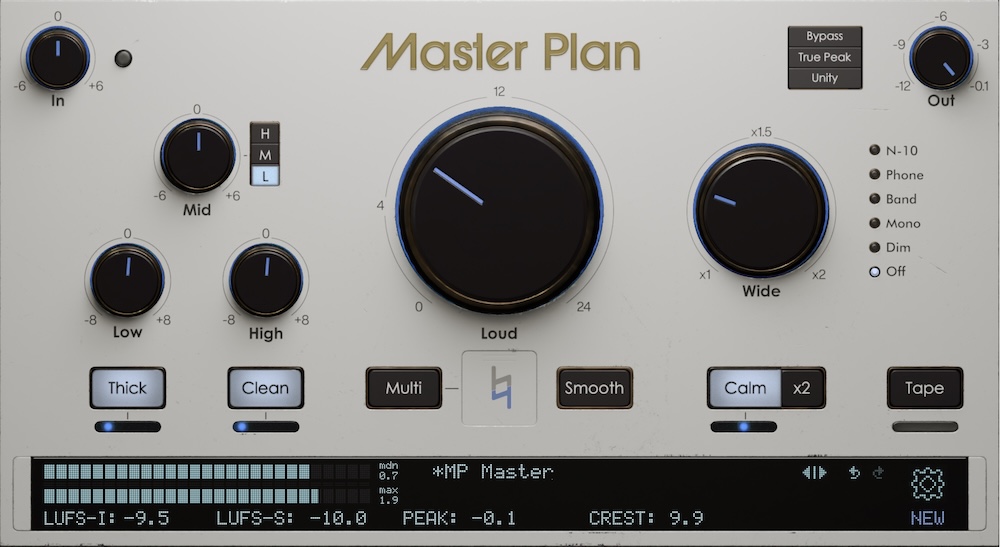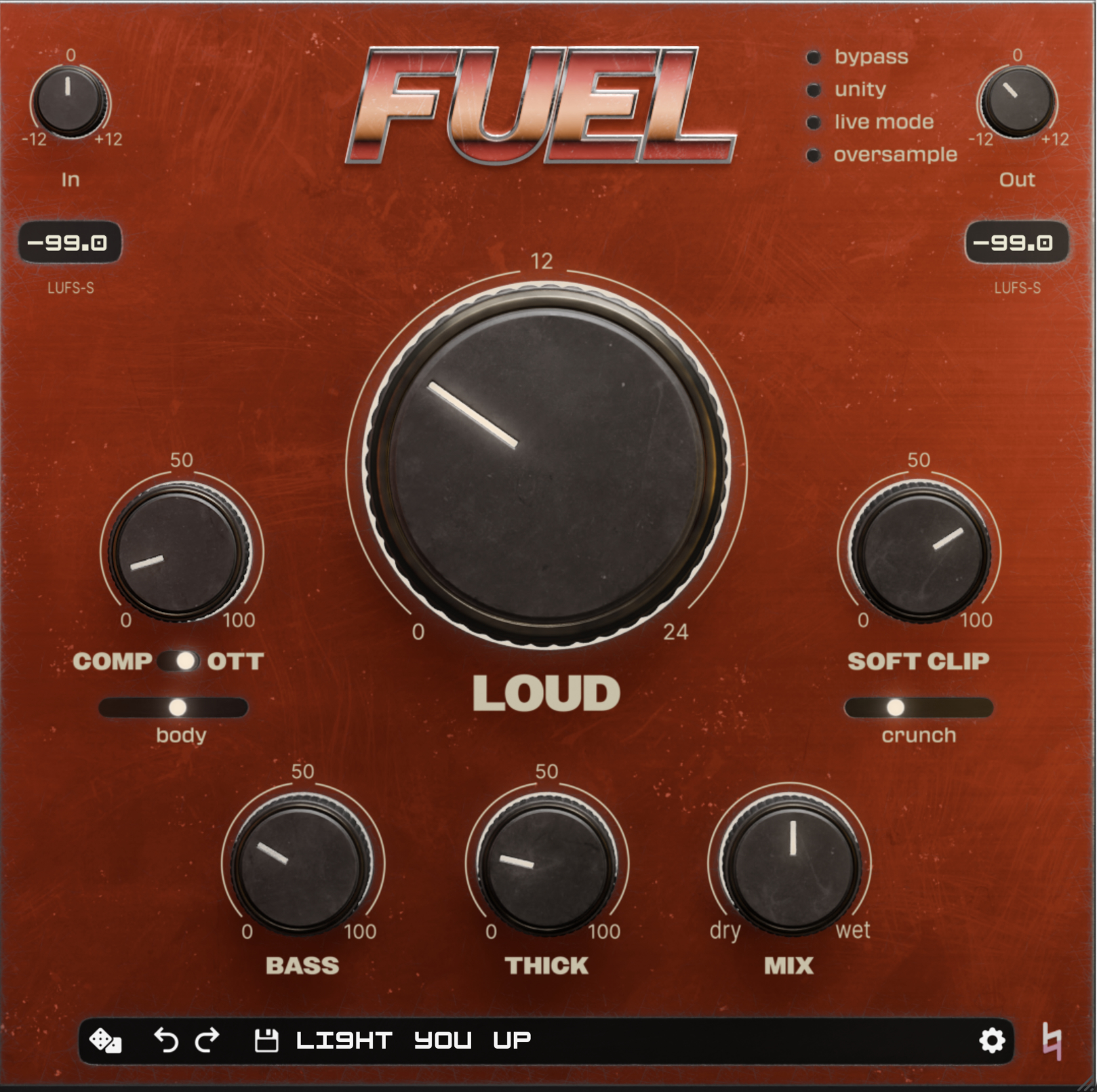We recently came across a powerful, honest, and entertaining review of FUEL from music producer and educator Dom Sigalas, and we couldn’t wait to share it.
In a new video on his YouTube channel, “I Couldn’t Believe My Meters: FUEL by MusikHack,” Dom dives into the real-world applications of FUEL on a wide range of musical styles and use cases, from unmixed symphonic metal and live NAMM performances, to bass-heavy pop and intricate synth arrangements. The results were more than just loud, they were musical, clear, and full of energy. Watch it here, and read our thoughts below!
The Plugin That Rekindled His Interest in Plugin Reviews
At the start of the video, Dom explains that he had nearly stopped doing plugin reviews altogether. Why? Simply put, he wasn’t impressed by what was out there.
FUEL changed that.
Just before heading to the NAMM show, he used FUEL on an unmixed session that needed to be performance-ready in a matter of hours. With very little processing on the mix, he dropped FUEL on the stereo bus, and immediately noticed a dramatic improvement in tone, punch, and cohesion.
“I was about to stop doing plugin videos. This changed my mind.”
Loudness That Preserves Musicality
What struck Dom most was the way FUEL handled loudness. He pushed a mix from -17 LUFS to -7 LUFS, using unity gain to level-match the output—and even at that aggressive loudness, he found the signal retained punch, clarity, and depth.
“I’m not condoning the loudness wars,” he says, “but if you need to go loud with FUEL—it’s effortless.”
He later learned from the MusikHack team that the “Loud” knob in FUEL isn’t just a simple clipper or limiter. It’s a proprietary algorithm that adapts dynamically to the program material, preserving tone and controlling distortion intelligently. For Dom, this explained why the results sounded so musical, even when pushed hard.
Multi-Use Versatility: Stereo Bus, Drums, Bass, Synths
The majority of the video is dedicated to exploring FUEL’s flexibility across a variety of applications:
On Drums
- The Soft Clip control removes unwanted transient spikes while enhancing overall body.
- Body brings in upward compression that lifts the room and overheads forward.
- Blending with the Mix knob creates smooth parallel-style enhancements.
On Bass and 808s
- The Crunch and Bass controls help low-end elements cut through dense mixes.
- FUEL enhanced both DI and amp bass signals without overhyping the sub-frequencies.
On Synths
- The Thick control added stereo depth and midrange weight.
- OTT compression and upward control helped quiet textures and reverbs stand out.
- Subtle use of upward compression brought definition without flattening dynamics.
Metering, Unity Gain, and the “Psychoacoustic Surprise”
One of Dom’s favorite surprises came when comparing meter readings to perceived loudness. He explains that even when true peaks and RMS levels were objectively controlled, the FUEL-processed tracks simply sounded louder, fuller, and more exciting.
“It sounds infinitely louder, but it’s not. It’s just better controlled, and more forward in the mix.”
This psychoacoustic enhancement, combined with tools like oversampling and a flexible Mix knob, gave him what he described as “mastering-level power at the channel level.”
Dom closes the video with a clear message: FUEL is a serious tool. Yes, it’s capable of dramatic enhancements, but its real strength lies in how intelligently it handles saturation, dynamics, and loudness. For genres that rely on impact—modern pop, trap, rock, EDM, FUEL doesn’t just keep up. It leads.
“If I was doing jazz or classical, I’d reach for something else. But when you want things to pop out of a mix, this is the tool.”
He recommends using it with intention and subtlety, and encourages viewers to download the demo and try it for themselves.
If you’ve used FUEL on your mix or master and want to share your results, feel free to tag us, we’re always excited to hear how producers and engineers are using our tools in the real world.









